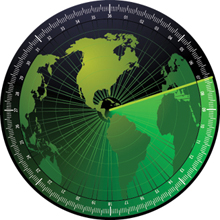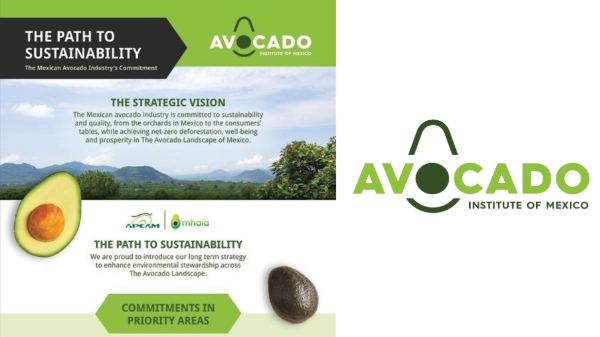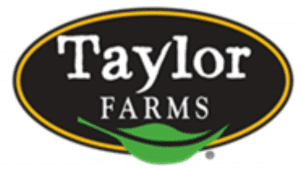Welcome to Blue Book!
Are you ready to join the thousands of companies who rely on Blue Book to drive smarter decisions? View our plans and get started today!
Still have questions? We’d love to show you what Blue Book can do for you. Drop us a line– we’ve been waiting for you.

Susanna Gomez Vaillard, general manager of Citricola in Veracruz, Mexico explains the steps her company takes to export citrus and other fruits to the United States. “First, we’ll talk to the customer and review their history with Blue Book Services. Sometimes packers of other fruit, such as pineapple or mangos, will recommend us. Every customer does it differently, but most will have us complete food safety questionnaires and agreements before we can send any product. The big retailers require a preview visit and pre-audit before we can ship.”
Challenges to Success
“There are two main challenges to importing produce into the United States,” says Jim Donovan, vice president of business development for Mission Produce, Inc., headquartered in Oxnard, CA, “documenting that there is no pest risk and that the particular item won’t flood the domestic market.”
Making The Canadian Connection
The old adage, “safety first,” certainly applies to the import and export of food. Although trade has boomed between the United States and Canada since signing of the North American Free Trade Agreement, it is still a complicated process and food safety is taken very seriously.“The U.S. Department of Agriculture and the Canadian Food Inspection Agency (CFIA) try to keep their respective regulations coordinated as much as possible,” says Paul Renaud, communications manager for the Canadian Produce Marketing Association (CPMA). Adding to the complexity is that each Canadian province has its own regulations. “Requirements for CFIA, Customs, and labeling are different depending on where the product is going and what it is,” Renaud explains. “Fortunately, new regulatory modernization reform is moving towards a better alignment of Canadian and United States regulations so as to simplify the process as much as possible.”
A variety of tools for navigating the regulatory process can be found at CPMA’s website (http://www.cpma.ca/en/industry-resources/ DoingBusinessInCanada.aspx), which offers a checklist of procedures necessary to document and meet import requirements.
Exporters can also visit the CFIA site (www.inspection.gc.ca) for information on the various policies and standards related to food safety, including its automated import reference system, CFIA-AIRS, which guides users through questions about harmonized system codes, origin and destination, end use, and other qualifiers that must be met for acceptance.
Lastly, there’s the Canada Border Services Agency, which has been seeking more stringent requirements of all truck and rail shipments entering Canada. For the third time in 2013, implementation of the retooled eManifest program was delayed. For more information, visit http://www.cbsa-asfc.gc.ca/.
Bakersfield, CA-based Bob Rinker, of Fresh Link Group, LLC, an advisory firm specializing in the fresh produce industry explains, “The first step is to have an import permit which must be acquired from APHIS. It could take thirty to sixty days or it could take years, depending on the strength of opposition and the products you’re trying to import.”








